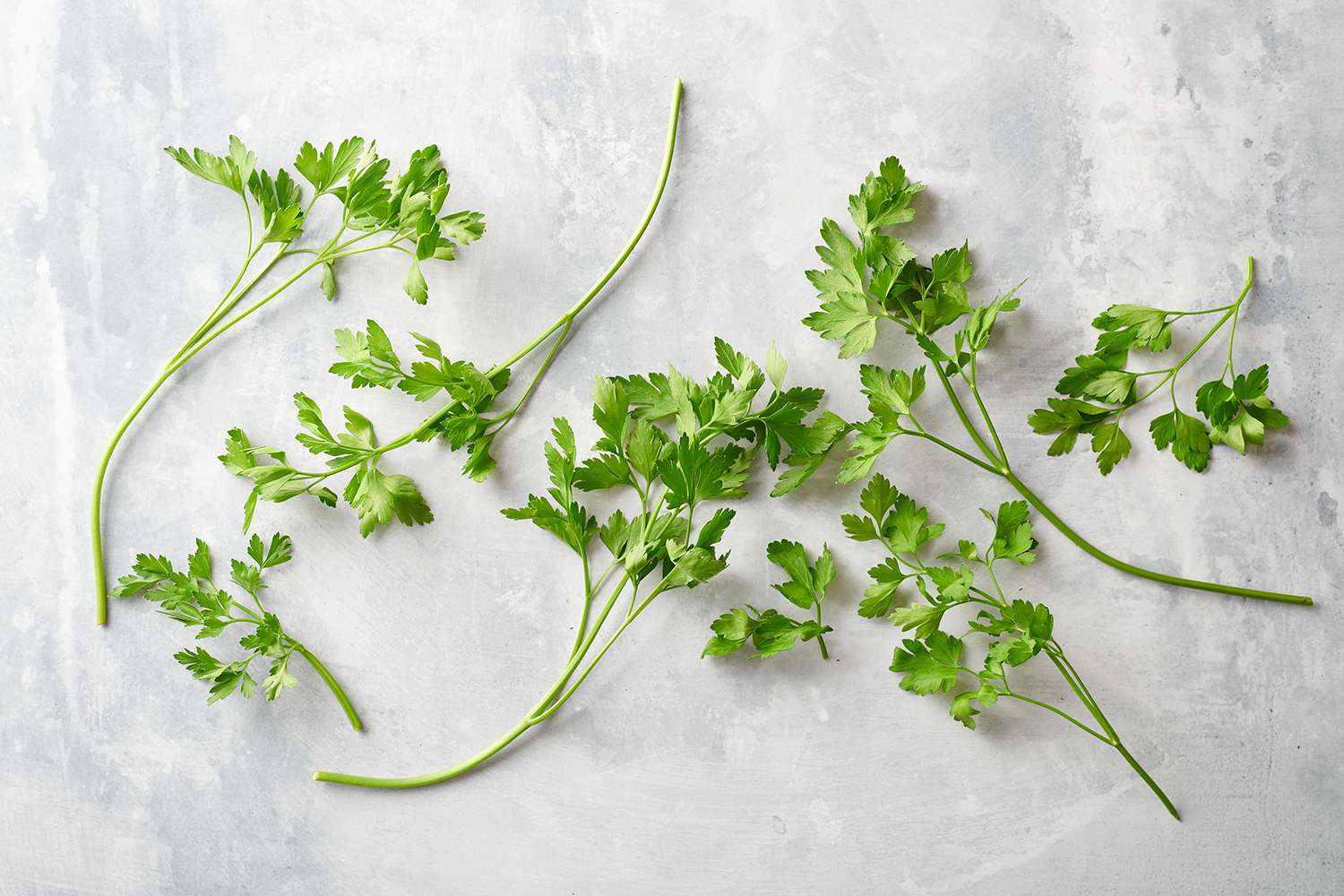
Italian parsley, also known as flat-leaf parsley, is a versatile herb that adds flavor and nutrition to many dishes. But what makes it so special? Italian parsley stands out due to its robust flavor, which is more pronounced than its curly counterpart. This herb is not just a garnish; it’s a key ingredient in many recipes, from soups to salads. Rich in vitamins A, C, and K, it offers health benefits like boosting the immune system and improving bone health. Whether you’re a seasoned chef or a home cook, understanding the unique qualities of Italian parsley can elevate your culinary creations. Ready to learn more? Let’s dive into 20 fascinating facts about this incredible herb!
Key Takeaways:
- Italian parsley, also known as flat-leaf parsley, is a versatile herb rich in vitamins and used in various cuisines. It offers health benefits and has interesting historical uses.
- Growing Italian parsley at home is easy and rewarding. It prefers well-drained soil, full sun, and regular harvesting for continuous fresh leaves. Plus, it has a cool history!
What is Italian Parsley?
Italian parsley, also known as flat-leaf parsley, is a popular herb used in various cuisines worldwide. Its vibrant green leaves and robust flavor make it a favorite among chefs and home cooks alike. Let's dive into some fascinating facts about this versatile herb.
-
Italian parsley is native to the Mediterranean region, particularly Italy, Greece, and Turkey.
-
Unlike curly parsley, Italian parsley has flat, broad leaves that resemble cilantro.
-
The herb is rich in vitamins A, C, and K, making it a nutritious addition to meals.
-
Italian parsley has been used in traditional medicine for centuries to treat various ailments.
Culinary Uses of Italian Parsley
Italian parsley is a staple in many kitchens due to its versatility and flavor. Here are some interesting facts about its culinary uses.
-
It is a key ingredient in Italian cuisine, often used in pasta dishes, soups, and sauces.
-
Italian parsley is a primary component of the classic French bouquet garni, a bundle of herbs used to flavor soups and stews.
-
The herb is commonly used in Middle Eastern dishes, such as tabbouleh and falafel.
-
Italian parsley can be used as a garnish to add a pop of color and flavor to dishes.
Growing Italian Parsley
Growing Italian parsley at home can be rewarding and straightforward. Here are some facts about cultivating this herb.
-
Italian parsley prefers well-drained soil and full sun but can tolerate partial shade.
-
The herb can be grown from seeds or transplants, with seeds taking about 2-3 weeks to germinate.
-
Italian parsley is a biennial plant, meaning it completes its life cycle in two years.
-
Regular harvesting encourages new growth, ensuring a continuous supply of fresh leaves.
Health Benefits of Italian Parsley
Italian parsley is not just a flavorful herb; it also offers numerous health benefits. Let's explore some of these benefits.
-
The herb is a natural diuretic, helping to reduce water retention and bloating.
-
Italian parsley contains antioxidants that help protect the body from free radicals.
-
The high vitamin K content in Italian parsley supports bone health and blood clotting.
-
Consuming Italian parsley can help improve digestion and reduce inflammation.
Fun Facts About Italian Parsley
Italian parsley has some intriguing and lesser-known facts that might surprise you. Here are a few fun tidbits.
-
In ancient Greece, parsley was used to make wreaths for athletic victors and graves.
-
The herb was believed to ward off evil spirits in medieval Europe.
-
Italian parsley is sometimes called "rock celery" due to its close relation to the celery family.
-
The essential oil extracted from Italian parsley seeds is used in perfumes and cosmetics for its fresh, green scent.
Final Thoughts on Italian Parsley
Italian parsley isn't just a garnish. It's packed with vitamins and minerals like vitamin K, vitamin C, and iron. This herb can boost your immune system, improve bone health, and even freshen your breath. Its antioxidants help fight off free radicals, reducing the risk of chronic diseases. Plus, it’s super easy to grow in your garden or even a small pot on your windowsill. Whether you’re adding it to soups, salads, or sauces, Italian parsley brings a fresh, vibrant flavor to your dishes. So next time you see this humble herb, remember it’s more than just a pretty face on your plate. Give it a try and enjoy the health benefits and delicious taste it offers.
Frequently Asked Questions
Was this page helpful?
Our commitment to delivering trustworthy and engaging content is at the heart of what we do. Each fact on our site is contributed by real users like you, bringing a wealth of diverse insights and information. To ensure the highest standards of accuracy and reliability, our dedicated editors meticulously review each submission. This process guarantees that the facts we share are not only fascinating but also credible. Trust in our commitment to quality and authenticity as you explore and learn with us.


